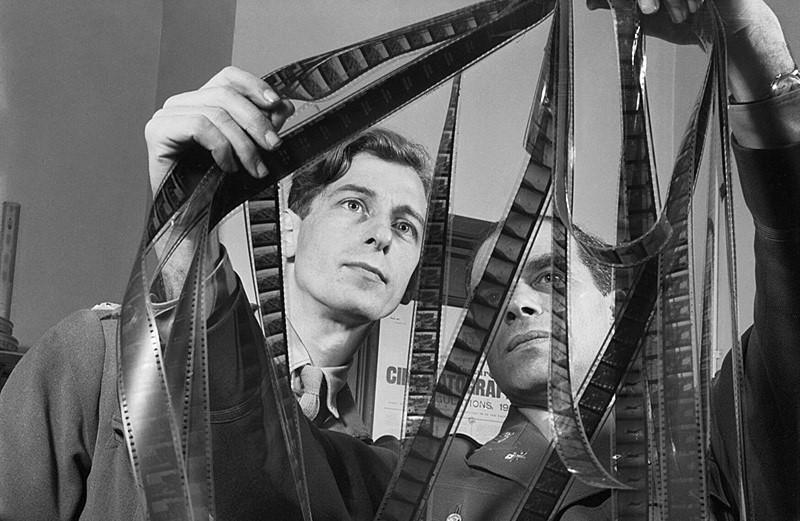NR | 1 h 46 min | Drama Fantasy | 1942
American playwright-screenwriter Robert Ardrey’s stage play “Thunder Rock” inspired the 1942 film of that name by producer-director duo, the Boulting brothers, Roy and John.

NR | 1 h 46 min | Drama Fantasy | 1942
American playwright-screenwriter Robert Ardrey’s stage play “Thunder Rock” inspired the 1942 film of that name by producer-director duo, the Boulting brothers, Roy and John.